For the second time this week, I have had a vivid dream in which I was training a group of technicians and farmers about intercropping and hedgerow strategies, using Leucaena leucocephala, together with associated use in areas of livestock, crops, soil-water management, etc.

L .leucocephala alley cropped with maize. The leucaena is clipped to use as fodder
The dream was in vivid Technicolor, though rather than using alley rows, as in the above picture, I was developing very large squares with mixed cropping therein, so that the Leucaena were actually planted as hedgerows that could be trimmed for fodder, or eaten directly by livestock.
I’ve not been able to train or engage in other activities outdoors, since the injury to my eye and associated pain and sensitivity to light. This now is very much better, and so maybe my dreams are telling me I’d better get back to these activities!
Back to alley-farming: The classic layout for alley-farming (known also as alley-cropping) is in straight alleys, as above – and below:

Classic alley-farming layout.
However, the fields of most smallholders in the East African Highlands are characterized by intensive mixed cropping strategies – as below – in which straight alleys, or rows, (so beloved in our own farming gardens) simply cannot work:

Typical smallholder plot in Burundi, with intercropping of banana, maize, manioc, and several other crops.

A larger view of smallholder farming in Burundi - this, at Bugenyuzi.
In these kinds of farming situations, ‘alley cropping‘ (or alley farming) must be reconfigured and introduced either as hedgerows, as in my dreams, as adjuncts to terraces, or simply interspersed within the plots (as in the second photo, above). In the heading of this blog is a picture of a traditional Burundi rugo (farm) where hedgerows have been planted around the plot.
L. leucocephala, the species in my dreams, is a multipurpose tree having many uses that I’ve promoted here in Burundi and elsewhere.
Some of the uses of Leucaena:
- Leucaena produces rhizobia, which are nitrogen-fixing bacteria, especially important where N-fertilizers are not used, or where soils are impoverished

Rhizobia - Nodulated root of Leucaena leucocephala in field soil. hawaii.edu
Other uses:
- Green manure
- Shade tree or living fence
- Pods and seeds used as food or medicine:

L. leucocephala, Maya called it Uaxim (WA-sheem). Goats love these, too. source: backyardnature.net
- Shoots can be eaten – and in my dreams, we were all munching on them:

The tender green shoots and leaf ends can be eaten. Ukweli centre
- Ruminant forage – 55-70% digestability. However, high tannin and mimosine content means that feeding should not be over 50% of the diet, unless testing has been done (CSIRO in Australia have developed some effective approaches). When I was at IITA (International Institute for Tropical Africa), tests were being conducted on optimal amounts of Leucaena that could be fed to goats. In the following chart that appears on our Burundi Goats Blog, I have put Leucaena as the first item:

Part of a training graph that provides information on fodder. (CP = Crude Protein); excuse spelling error - 'mimosine'! my final cc. of this graph are in a computer that's being repaired.
- Excellent forage for sick ruminants, and especially if they are off their food

Here, I've trained the staff to place branches of Leucaena up the fence to avoid soiling . Excellent, to provide high quality forage to young animals - helps to increase their resilience to parasites and illnesses.
- ‘Overstory’ for chickens:

At night put you chickens in an enclosed area, with Leucaena as an overstory that can be clipped for feeding livestock. Chickens love Leucaena, though their access must be limited because of possible toxicity. As well, chickens provide manure.
Other uses:
- Soil reclamation
- Fuelwood
See this link for more information on the above chart and related,
and this link for mixed cropping.
———————–
Related articles:
- What is Agroforestry? (naturalhistorywanderings.com)
- Hedgerows direct the flight of the bumblebee (guardian.co.uk)
- Research strategy to realize Africa’s tremendous rice potential unveiled (africaseed.net)





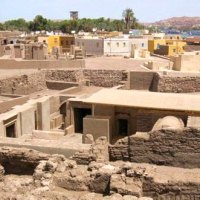
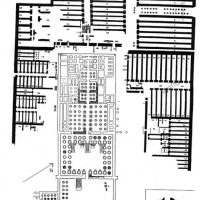
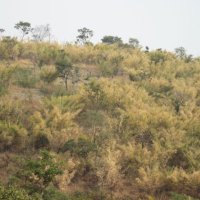



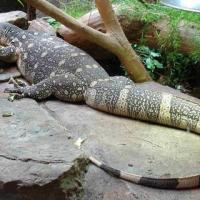
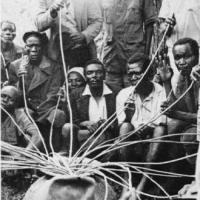













Pingback: Rice in East Africa, 1860′s: Imported and Indigenous « Dianabuja's Blog